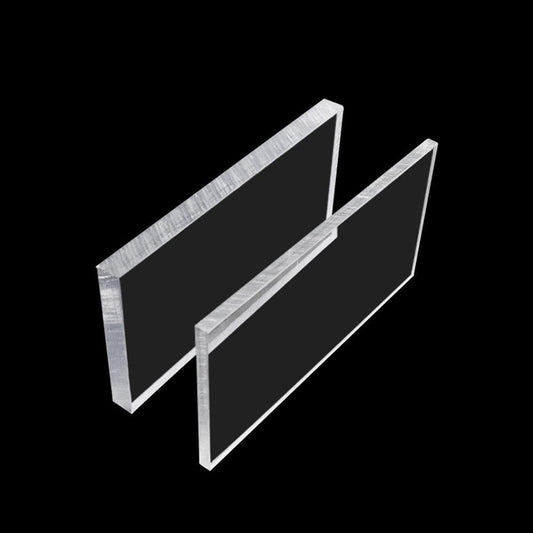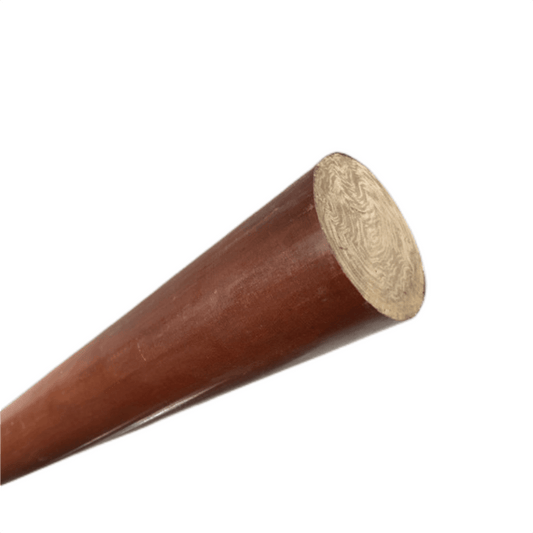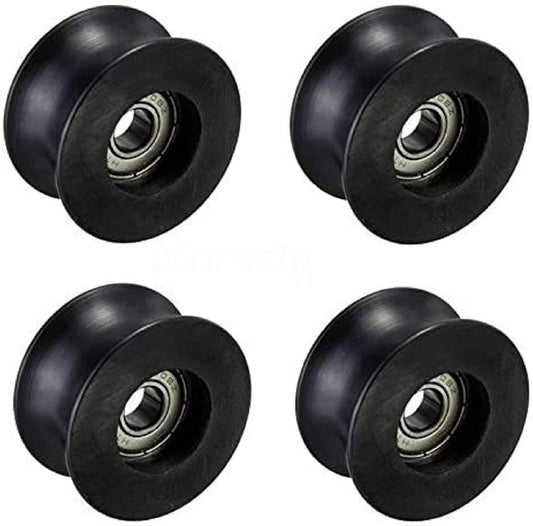Polyoxymethylene, also known as polyacetal, polyformaldehyde or simply acetal, is an engineering thermoplastic used in precision parts requiring high stiffness, low friction and excellent dimensional stability. Some of the other widely used engineering plastics include nylon (polyamide), polycarbonate, and polyimide.
Each of these materials have different properties and characteristics that make them suitable for certain applications. This article provides a detailed comparison between polyoxymethylene (POM) and other engineering thermoplastics in terms of their properties, processing, and applications.

Overview of Polyoxymethylene (POM)
Polyoxymethylene or POM is a crystalline thermoplastic that is also known by the trademarks Delrin and Celcon. Chemically it is a polyacetal resin formed by the polymerization of formaldehyde.
Some key properties and characteristics of POM are:
- High stiffness, hardness and tensile strength
- Low coefficient of friction and excellent wear resistance
- Extremely high fatigue endurance and creep resistance
- Excellent dimensional stability and low thermal expansion
- Good chemical resistance and low water absorption
- Resistant to weak acids and bases, oils, greases and solvents
POM is commonly used in:
- Gears, rollers, bushings, pulleys, cams
- Food processing equipment components
- Electrical insulators, connectors and switches
- Automotive and appliance components
- Consumer products like plumbing fittings, zippers, fasteners etc.
POM has high strength, low friction, and precision dimensions which make it suitable for moving parts and mechanical components. It maintains performance even under continuous use in dynamic load environments. The low moisture absorption allows POM parts to maintain close tolerances.

However, POM has a relatively low upper working temperature around 90°C. It also has poor UV resistance and low chemical resistance to strong acids and bases. POM is a combustible material with high flammability.
Overview of Other Common Engineering Plastics
Some of the other widely used engineering thermoplastics and their typical properties include:
Nylon (Polyamide)
- High strength, stiffness, toughness
- Good wear and abrasion resistance
- Resistant to greases, oils and diluted acids/bases
- Low coefficient of friction
- High moisture absorption leading to dimensional changes
- Versatile engineering material available in various grades
- Used in gears, bushings, bearings, auto parts etc.

Polycarbonate (PC)
- Extremely high impact strength and toughness
- Heat resistance up to 140°C
- Excellent optical clarity and light transmission
- Low water absorption, good dimensional stability
- Resistant to acids, alcohases, oils; not resistant to ketones and esters
- Used in safety helmets, lenses, transparent panels, medical devices

Polyimide (PI)
- Exceptionally high heat resistance, up to 300°C
- Excellent mechanical properties at high temperatures
- Very low creep and high wear resistance
- Resistant to most solvents and chemicals
- Used in high temperature belts, wires, aerospace parts

Comparative Analysis of POM with Other Plastics
Some of the key advantages and limitations of POM compared to other plastics are highlighted below:
POM vs Nylon
- POM has lower moisture absorption and better dimensional stability than nylon
- It has higher tensile strength, hardness and modulus than nylon
- Nylon offers higher toughness, ductility and impact strength compared to POM
- Nylon has better chemical resistance than POM, especially to bases, oils and greases
- POM provides lower coefficient of friction than nylon
POM vs Polycarbonate
- POM has much higher strength, hardness and stiffness than polycarbonate
- PC offers very high impact resistance compared to brittle POM
- Polycarbonate has superior temperature resistance up to 140°C vs 90°C for POM
- POM has lower moisture absorption and better dimensional stability
- PC has higher ductility and fracture toughness compared to POM
POM vs Polyimide
- Polyimide can withstand much higher temperatures than POM
- It has excellent strength retention at high temperatures vs POM
- POM offers better impact strength and machinability
- Polyimide has superior wear resistance and chemical resistance
- POM has lower density and moisture absorption compared to polyimide
POM Copolymers and Composites
POM copolymers are modified POM materials with enhanced properties. POM-copolymer grades have better thermal and hydrolytic stability compared to homopolymer POM. Common copolymers include POM-PET blends and POM containing ethylene oxide blocks.
Reinforced POM composites contain fillers like glass fibers, carbon fibers, graphite or PTFE lubricants. These filled POM grades provide higher tensile strength, stiffness, hardness and creep resistance compared to unfilled POM.
In summary, polyoxymethylene (POM) is a high performance engineering thermoplastic suitable for precision parts requiring dimensional stability, high fatigue strength, low friction and good chemical resistance. Compared to other plastics, it offers higher strength and modulus but lower ductility and impact strength. POM has advantages over nylon in terms of lower moisture absorption, friction and cost. It has higher working temperatures and chemical resistance than POM. The properties of POM can be enhanced for specific applications through use of copolymers and composite formulations.







